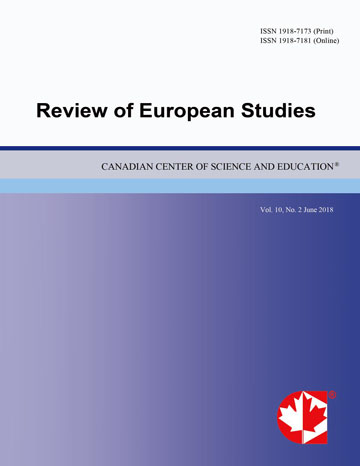The Theoretical Quandary of Subjectivity: An Intellectual Historical Note on the Action Theories of Talcott Parsons and Alfred Schutz
Abstract
The quandary of subjectivity — how to square the irreducible qualities of the subjectivity category with the need for objective accessibility and scientific universality — was raised by Max Weber in his action theory. Talcott Parsons and Alfred Schutz, the most prominent action theorists after Weber, are said to have dealt with the quandary in very different ways. This intellectual historical note investigates the two theorists in terms of how they dealt with the subjectivity quandary. I will show that because of their different intellectual backgrounds, they mobilized different intellectual tools in the face of the quandary. But their differences are not as significant as assumed. Additionally, their difference cannot be adequately summarized as that of a phenomenological subjectivist solution (Schutz) versus a scientistic objectivist one (Parsons). I will show that the theoretical weaknesses and outcomes of their theories are in effect not very different. I find that both Schutz and Parsons were limited by a philosophy of consciousness paradigm. Under the paradigm, both tried to deal with the subjectivity quandary by insisting on the primacy of an irreducible subjective category on the one hand and subtly re-molding that subjective category into something accessible to the objective observer on the other. In this theorizing process, Schutz was actually pressured to weaken the subjective category almost as much as Parson did. Both ended up failing to square the irreducible qualities of the subjectivity category with the need for objective accessibility and scientific universality.
 PDF
PDF
